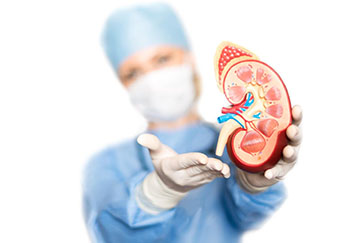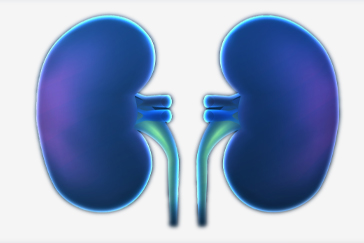 Book Appt.
Book Appt.
 Call Now
Call Now


With a global incidence of 1.3 per 100,000 people/year, glomerulonephritis accounts for nearly 25 per cent of all end-stage kidney diseases. It is an autoimmune disease marked by severe damage to the glomeruli, i.e. the cleaning units of the kidney. Glomerulonephritis can be the result of an underlying disease or ailment and carries potential risks, such as irreversible kidney damage.
What are the different types of Glomerulonephritis?
Glomerulonephritis is broadly classified into two types based on the onset and progression of the symptoms. These are:
What causes Glomerulonephritis?
There are a number of different conditions that can cause glomerulonephritis by leading to the inflammation of the glomeruli. These include:
What are the symptoms of Glomerulonephritis?
The patients may experience different symptoms depending upon the type of Glomerulonephritis, i.e. whether it is acute or chronic. Common symptoms that might be an indication of glomerulonephritis include:
SHALBY Sanar International Hospitals provides extensive medical procedures backed up with our state-of-the-art technology and a team of highly qualified & experienced clinical experts.

Patient from Indonesia gets Kidney Transplant | SHALBY Sanar Interntional Hospitals

Patient from Indonesia gets Kidney Transplant | SHALBY Sanar Interntional Hospitals

Successful Kidney Transplant of a patient by Dr Amit Kumar

Successful Live Renal Allograft Transplant: Mr. Zaid's Journey to Recovery by Dr Amit Kumar Yadav

Life Renewed: Mr. Evans Elieza Aveva's Remarkable Kidney Transplant Journey

A successful Kidney Transplant gives Mr. Tache from Ethiopia, a new beginning

Successful story of kidney transplant I #kidneytransplant #patient testimonial
Our doctors pen down their research findings and experiences from time to time. Their words provide deep insight into the latest techniques, technologies and other advancements in healthcare. It provides expert answers to all kinds of health questions for real-life issues.
VIEW ALL




Since the day of its foundation, SHALBY Sanar International Hospitals is committed to provide comprehensive healthcare services. It regularly organizes awareness programs in its premises and encourages outdoor healthcare activities and camps with an intent to put focus on preventive healthcare.
VIEW ALL